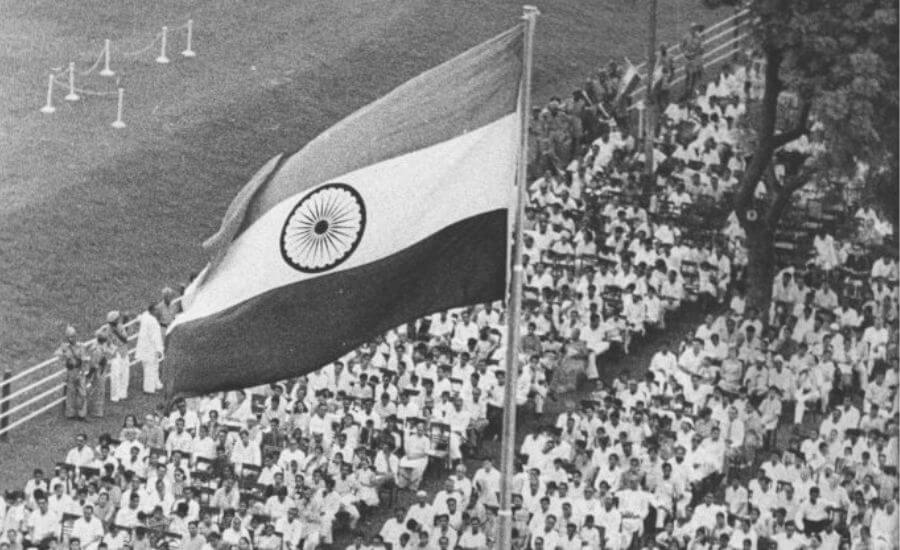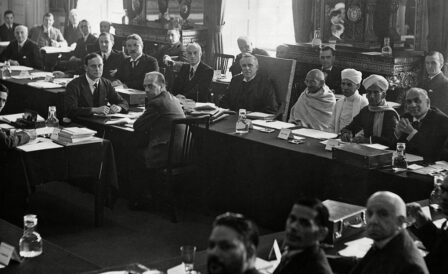
(This piece first appeared on constitutionofindia.net on 14 August 2023 for Independence Day)
As we celebrate this 75th anniversary of Indian independence, let’s take a step back and ask ourselves: what exactly are we celebrating?
When most of us celebrate Independence Day we think about the fact of independence—that we were liberated from British colonial rule and are not under the rule of any foreign land. We think about how India can determine its own political, social, and economic destinies, and how she takes independent positions on world matters.
However, there is an aspect of Independence that we seldom meaningfully invoke or recall—the Independence Movement that brought us freedom as we know it. Sure, our social studies and civics classes communicated to us a sense of the valour and sacrifice that our freedom fighters embodied, and laid down the sequence of events that led to 15 August 1947. But do we fully appreciate and understand what made the Indian independence so special and unique?
First, rarely in world history has non-violence and mass action been deployed together. Violence has always accompanied mass mobilization towards a political outcome, as collateral or as a deliberate strategy. While there was certainly a strand of India’s Independence Movement that was convinced that violence was the primary tool to achieve independence, this idea did not have purchase among India’s political mainstream. The genius of our Movement was that it combined non-violence with mass action.
Second, the Indian Independence Movement was not limited to asking the British to leave. It made the socio-economic transformation of India a crucial component of its agenda. ‘Quit India’ was not directed only at the British, but also at Indian practices of caste, gender and economic discrimination. We see this in Historical Constitutions like the 1931 Karachi Resolution that called for an Independent constitutional republic, and envisioned an India that gave to its people the rights to equality, non-discrimination and economic welfare.
And lastly, it was in the political churning of the Independence Movement that the Constitution of India was primarily forged. It was informed by the Movement’s values and political practices. The leaders of the Movement, many of whom became members of the Constituent Assembly, used their experiences and learnings to design our constitutional republic. When these leaders were arbitrarily arrested, imprisoned and denied basic civil liberties by the British colonial government, the Constitution’s provisions for the protection of freedom and civil liberties were taking shape in their minds.
Universal adult franchise—a rather novel constitutional choice for countries at the time—is intimately linked to the ‘mass’ nature of India’s Independence Movement where all Indians were encouraged to engage in nonviolent political action against the British. The fight for freedom was by all, and so, the people who would govern in an independent India would be selected by all as well.
Thus, an appreciation of the Indian Independence Movement as more than just an anti-colonial movement gives us a lot more to celebrate this Independence Day. It starkly reminds us that the Movement’s aim to transform India’s oppressive social and economic structures remains spectacularly unfinished.
While we possess a broad comprehension of the connections between the ideas of the freedom movement and the Indian Constitution, there is much more that needs to be unearthed regarding this relationship at a more detailed level. For instance, it remains to be explored how the ideas stemming from the freedom movement played a pivotal role in the negotiations of the various constituent Assembly committees. Although we are aware that numerous members of the freedom movement also held positions within the Constituent Assembly, the exact count eludes us.
Were there specific methodologies employed by members who were part of the freedom movement to engage in the negotiation processes within the assembly? Furthermore, did members of the freedom movement harbor distinct agendas while participating in the drafting of India’s constitution? Can discernible patterns be identified in the constitution-making process in the vicinity of Independence Day? Additionally, are there discernible trends in how the constitution-making process functioned both procedurally and substantively before and after gaining independence?
These represent a multitude of inquiries that the PACT Project seeks to address through our ongoing efforts involving the exploration of new archives and the modelling and analysis of constitutional documents related to the crafting of India’s constitution.
More blog posts

This Month in Constitution Making (June 1934): Congress Makes The First Official Demand For A Constituent Assembly
13 June 2023 • By Vineeth Krishna
In a historic moment in June 1934, the Indian National Congress, for the first time, officially demanded an Indian Constituent Assembly to frame India's Constitution. In a span of a few years, this demand transformed into the cornerstone of India's freedom movement.
